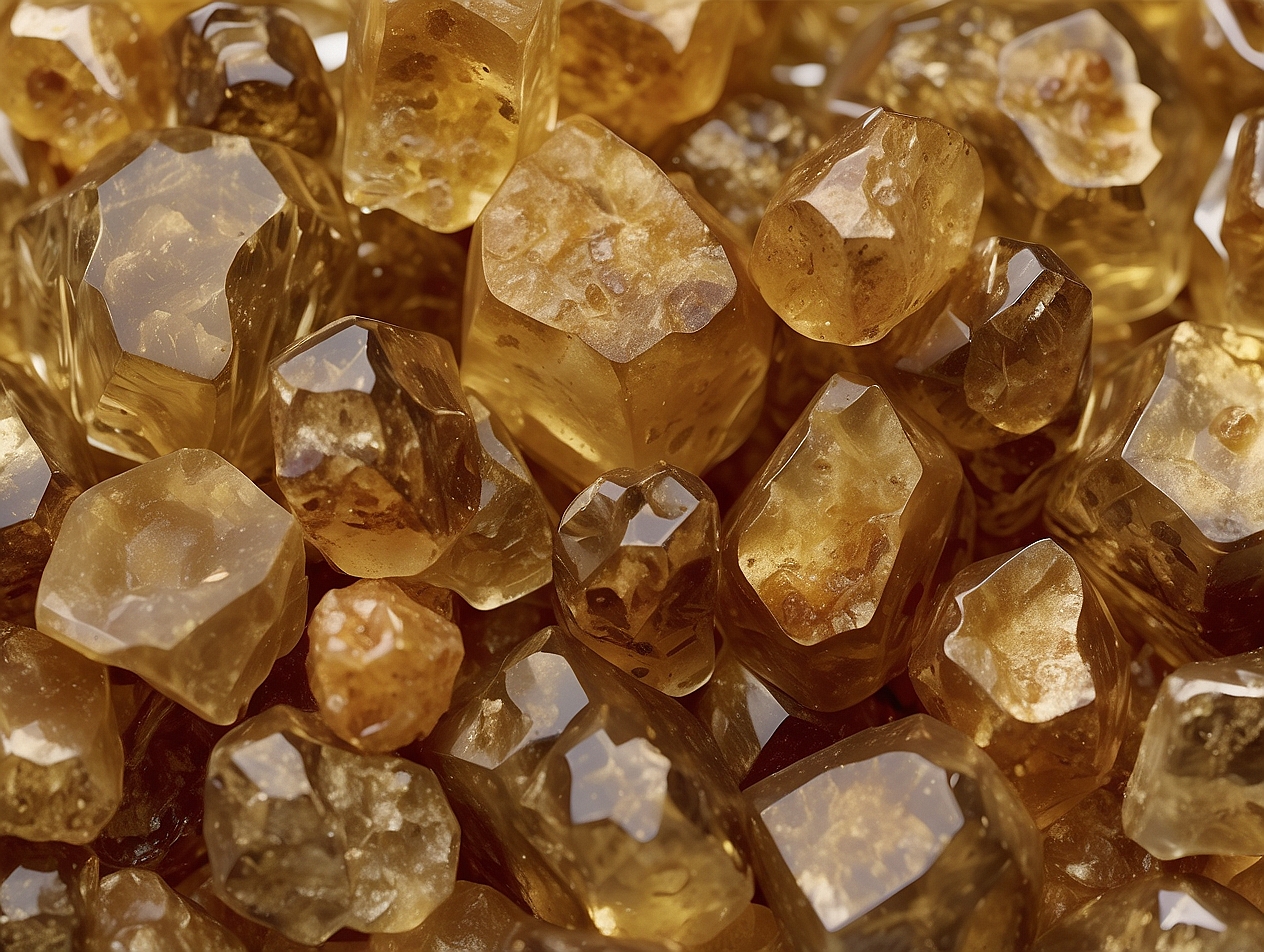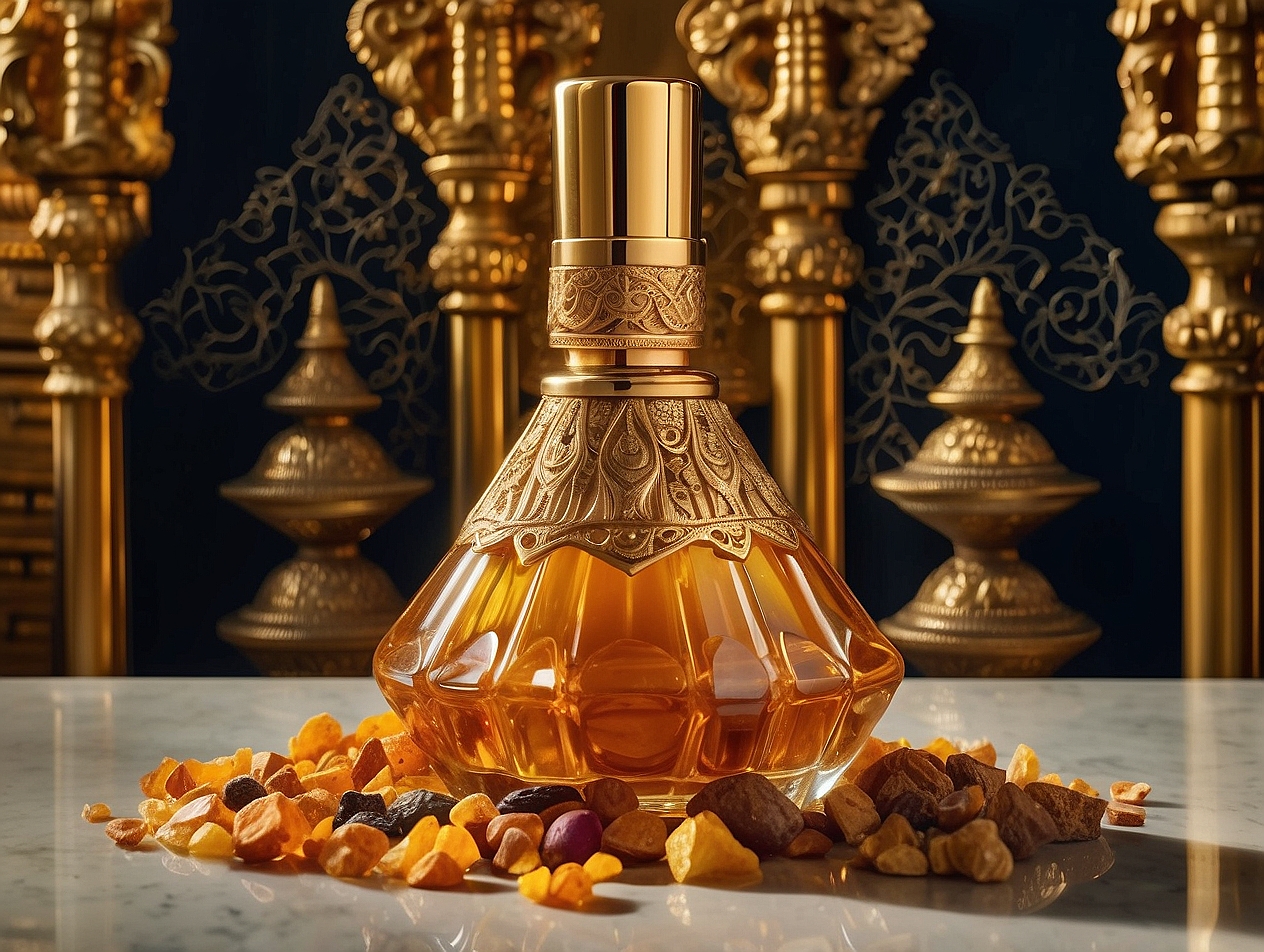Frankincense and myrrh have been revered for their healing and aromatic qualities for thousands of years. These tree resins, known for their historical and cultural significance, continue to be valued in modern health and wellness practices. This guide will explore the origins, properties, and contemporary applications of frankincense and myrrh, offering a comprehensive understanding of these remarkable natural products.
Overview of frankincense and myrrh
Frankincense comes from the Boswellia tree and is known for its anti-inflammatory and aromatic properties. Its warm, earthy scent makes it popular in aromatherapy, skincare, and traditional medicine.
Myrrh is derived from the Commiphora tree and is recognized for its antimicrobial and healing properties. It has a slightly bitter, acrid aroma and is commonly used in oral health care, healing balms, and religious practices.
| Property | Frankincense | Myrrh |
|---|---|---|
| Aroma | Warm, earthy | Bitter, acrid |
| Main Uses | Aromatherapy, skincare, traditional medicine | Oral care, healing ointments, spiritual practices |
| Primary Benefits | Anti-inflammatory, stress-relief | Antimicrobial, healing |
Production of frankincense and myrrh
How frankincense is produced
Frankincense is harvested from the Boswellia tree, which primarily grows in regions like Oman, Yemen, and Somalia. The production process involves several key steps:
- Tapping the Tree: Farmers make small incisions in the tree bark, allowing a milky-white resin to exude.
- First Collection: The initial resin, often considered of lower quality, is left to harden on the tree for about ten days before being scraped off.
- Second Tapping: After the initial collection, the tree is tapped again, yielding a higher quality resin. This process may be repeated multiple times.
- Drying and Grading: The collected resin is dried and sorted into different grades based on color, purity, and size. Higher quality frankincense is typically lighter in color and more aromatic.

How myrrh is produced
Myrrh is derived from the Commiphora tree, which is native to northeastern Africa and the Arabian Peninsula. The production of myrrh follows a method similar to that of frankincense:
- Tapping the Tree: Similar to frankincense production, incisions are made in the tree’s bark to release the resin.
- Collection of Resin: The initial resin is allowed to dry on the tree for a period of days, forming tear-shaped droplets. These are then collected by hand.
- Sorting and Cleaning: The resin is sorted and cleaned to remove any impurities such as bark or debris. High-quality myrrh is typically reddish-brown and has a consistent, aromatic fragrance.
- Drying and Packaging: The cleaned resin is further dried and then packaged for sale, either as raw resin or processed into essential oils.
These traditional methods of tapping and harvesting have been used for centuries, ensuring the natural integrity and potency of the resins are maintained.
History and cultural significance
Frankincense and myrrh have played vital roles in various cultures throughout history:
- Ancient Egypt: Used in embalming, religious rituals, and everyday life. Traces have been found in pharaohs’ tombs.
- Mesopotamia: Burned as offerings in temples and shrines, symbolizing a sacred connection between the mortal and divine.
- Greece and Rome: Valued as luxurious commodities used in religious ceremonies, medicine, perfumes, and public hygiene.
- Religious Texts: Mentioned in the Bible and Quran, signifying their high esteem and spiritual connotations.
| Culture | Usage |
|---|---|
| Ancient Egypt | Embalming, religious rituals |
| Mesopotamia | Offerings, temple rituals |
| Greece | Ceremonies, medicine |
| Rome | Perfumes, public hygiene |
| Bible | Symbolic gifts to Jesus |
Health benefits and medicinal properties
Frankincense and myrrh offer a wide range of health benefits due to their unique chemical compositions and therapeutic properties. Below are detailed explanations of their primary health benefits:
Anti-inflammatory properties
- Frankincense: Known for its potent anti-inflammatory effects, frankincense contains boswellic acids that inhibit the production of inflammatory molecules. This makes it effective in reducing symptoms of conditions like arthritis, inflammatory bowel disease, and asthma. Regular use can help decrease joint pain and improve mobility.
- Myrrh: Although myrrh is less known for its anti-inflammatory properties compared to frankincense, it still possesses compounds that help reduce inflammation. It can be used to alleviate minor skin inflammations and infections.
Antimicrobial qualities
- Myrrh: Myrrh has strong antimicrobial properties, making it effective against a range of bacteria, fungi, and viruses. It has been traditionally used to treat wounds and prevent infections. Myrrh is commonly found in oral health products like mouthwashes and toothpaste due to its ability to combat oral bacteria and promote gum health.
- Frankincense: While not as potent as myrrh, frankincense also has antimicrobial properties that can help in preventing infections and maintaining oral health.
Immune-boosting capabilities
- Frankincense: Regular inhalation or topical application of frankincense can boost the immune system. It enhances the production of white blood cells, improving the body’s defense mechanisms against pathogens. Frankincense is particularly beneficial for respiratory health, offering relief from colds, bronchitis, and sinusitis.
- Myrrh: Myrrh supports immune health by stimulating the production of white blood cells. It is also effective in detoxifying the body and supporting overall immune function.
Skin regeneration and anti-aging
- Frankincense: Frankincense promotes cell regeneration and improves the elasticity of the skin, making it a valuable ingredient in anti-aging skincare products. It helps reduce the appearance of scars, stretch marks, and wrinkles, giving the skin a more youthful appearance.
- Myrrh: Myrrh acts as an astringent, helping to tighten the skin and minimize pores. It is also effective in soothing cracked or chapped skin and can be used in various skincare formulations to enhance the skin’s overall texture and tone.
Antioxidant effects
- Frankincense: Rich in antioxidants, frankincense helps protect cells from damage caused by free radicals. This protection can reduce the risk of chronic diseases such as cancer and heart disease, and also slow down the aging process.
- Myrrh: Myrrh also has significant antioxidant properties, which help in neutralizing free radicals. This contributes to its ability to support skin health and protect against environmental damage.
Wound healing and tissue repair
- Frankincense: Promotes faster healing of cuts and wounds by increasing blood flow and promoting the growth of new tissue. It also helps reduce the risk of infection at the wound site.
- Myrrh: Known for its antiseptic properties, myrrh prevents infections and promotes quicker healing. It has been traditionally used in treating minor cuts, abrasions, and other skin conditions.
Mental health and stress relief
- Frankincense: Frankincense oil is often used in aromatherapy for its calming effects. It helps reduce stress, anxiety, and depression by lowering cortisol levels in the body. This promotes a sense of relaxation and mental clarity.
- Myrrh: Myrrh also has calming effects and can be used to reduce stress and anxiety. It is often used in meditation and spiritual practices to enhance mental focus and tranquility.
These health benefits make frankincense and myrrh invaluable in both traditional and modern medicine, supporting a wide range of therapeutic applications. Regular use, whether through aromatherapy, topical application, or oral care, can contribute significantly to overall health and well-being.
Effective use of frankincense and myrrh
Aromatherapy: Add a few drops of essential oil to a diffuser to create a calming atmosphere and relieve stress.
Topical Application: Mix with a carrier oil and apply to the skin to reduce inflammation and improve skin health. Always perform a patch test first.
Oral Health: Dilute the oils in water and use as a mouthwash to combat bad breath and gum disease.
Internal Use: Consult a healthcare professional before taking as supplements. Ensure the oils or capsules are food-grade and designed for internal use.
| Method | Benefits |
|---|---|
| Aromatherapy | Reduces stress, improves mood, aids in respiratory health |
| Topical application | Reduces inflammation, improves skin health |
| Oral health | Combats gum disease, freshens breath |
Potential side effects and precautions
While frankincense and myrrh are beneficial, they can cause side effects like skin irritation or gastrointestinal issues. Some people may experience allergic reactions.
- Internal Use: Consult a healthcare professional, especially if you are on medication or have health conditions.
- Topical Use: Always conduct a patch test and dilute essential oils with a carrier oil to prevent skin irritation.
| Measure | Precaution |
|---|---|
| Patch Test | Apply a small amount to check for skin reactions |
| Consultation | Seek professional advice before internal use |
| Dilution | Always dilute with a carrier oil |
Where to buy and how to choose quality products
Finding high-quality frankincense and myrrh involves research. Consider the following tips:
- Online Retailers: Look for reputable suppliers on Amazon, Etsy, and aromatherapy stores.
- Health Food Stores: These often have high-quality products.
- Certifications and Labels: Check for organic certifications.
- Country of Origin: High-quality frankincense often comes from Oman, and myrrh from Somalia.
- Packaging: Choose products in dark glass containers with airtight seals to preserve quality.
- Indicators of Quality: Look for genuine resin colors (light yellow to golden for frankincense, reddish-brown for myrrh), strong pleasant aroma, and sticky texture indicating freshness. Ensure there are no fillers or additives.
| Indicator | Description |
|---|---|
| Color | Light yellow to golden (Frankincense), Reddish-brown (Myrrh) |
| Aroma | Strong, pleasant scent |
| Texture | Soft and sticky |
FAQ
| Question | Answer |
|---|---|
| What happens when you mix frankincense and myrrh? | When mixed, frankincense and myrrh can complement each other, enhancing their combined anti-inflammatory and antimicrobial effects. They are often used together in aromatherapy and topical applications for a synergistic effect. |
| Is frankincense and myrrh good for neuropathy? | Frankincense and myrrh may help alleviate neuropathic pain due to their anti-inflammatory and analgesic properties. However, more research is needed to confirm their efficacy specifically for neuropathy. |
| How much was frankincense worth in Jesus’ time? | In ancient times, frankincense was highly valued, often worth its weight in gold. It was a luxury item traded along ancient trade routes, making it a significant economic commodity. |
| What does myrrh look like? | Myrrh resin appears as reddish-brown, irregularly shaped lumps. It has a sticky texture when fresh, which hardens over time. |
| Why do people drink frankincense and myrrh? | Some traditional practices involve ingesting frankincense and myrrh for their purported health benefits, such as improving digestion and boosting the immune system. However, this should only be done under professional guidance due to potential side effects. |
| What is the strongest anti-inflammatory essential oil? | Frankincense is often considered one of the strongest anti-inflammatory essential oils due to its boswellic acid content, which helps reduce inflammation and pain. |
| Why put frankincense on the crown of the head? | Placing frankincense on the crown of the head is a traditional practice believed to enhance spiritual awareness and provide a sense of calm and balance. |
| Which form of frankincense is best? | The best form of frankincense depends on its intended use. Frankincense essential oil is ideal for aromatherapy and topical applications, while resin is suitable for burning and some traditional medicinal uses. |



